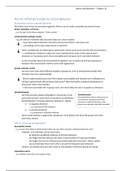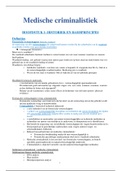Resume
Summary General Transcription Factors:
- Cours
- Établissement
- Book
General Transcription Factors: Introduce the concept of general transcription factors (GTFs) and their role in transcription initiation. Explain how GTFs help RNA polymerase bind to the promoter and initiate transcription. Highlight the significance of GTFs in regulating gene expression in var...
[Montrer plus]













